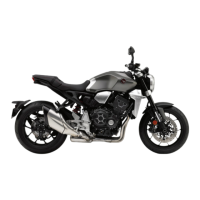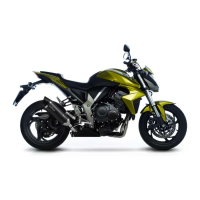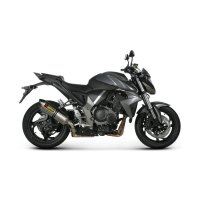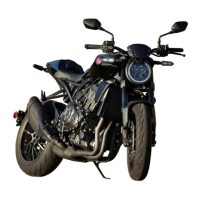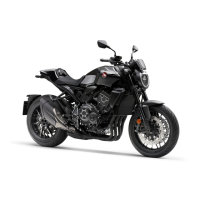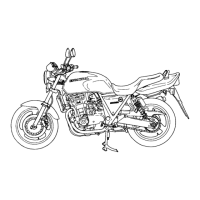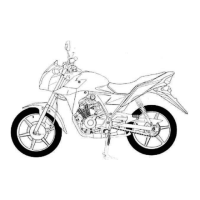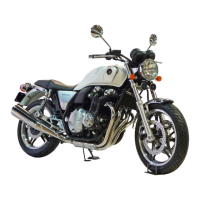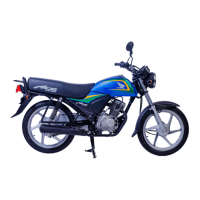What to do if the starter motor operates but my Honda Motorcycle engine does not start?
- MmichellewalshAug 17, 2025
First, check that there is petrol in the fuel tank. If the PGM-FI malfunction indicator lamp (MIL) is on, contact your dealer as soon as possible. Also, check if the HISS indicator stays on. Turn the ignition switch to the Off position and remove the key. Reinsert the key and turn the ignition switch to the On position. If the indicator still stays on, check if there is no another HISS key (including spare key) close to the ignition switch. Make sure the engine stop switch is in the correct position. Check for a loose battery connection or battery terminal corrosion. If the problem continues, have your Honda Motorcycle inspected by your dealer.
